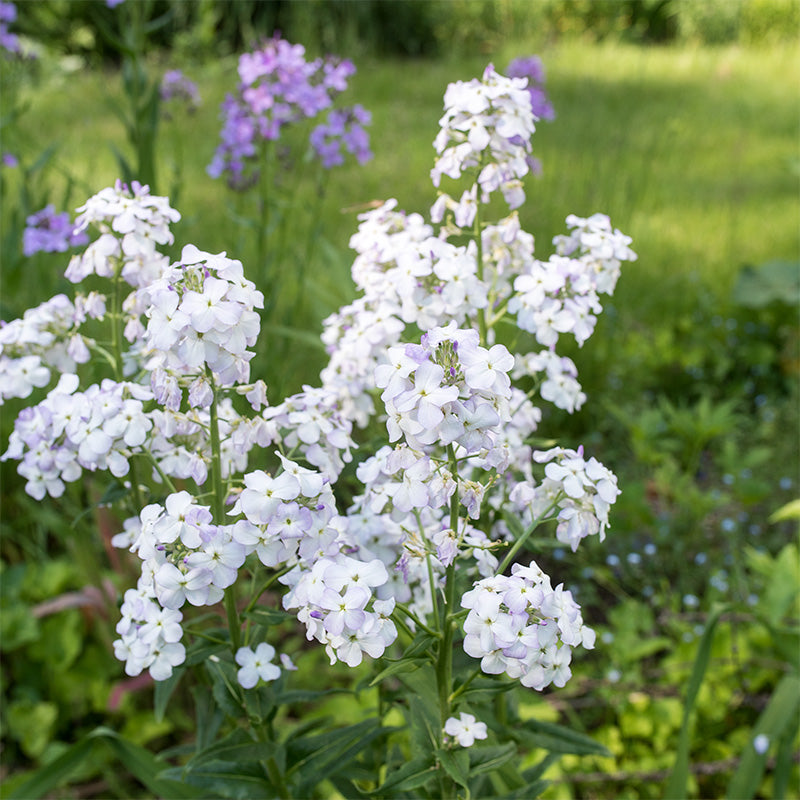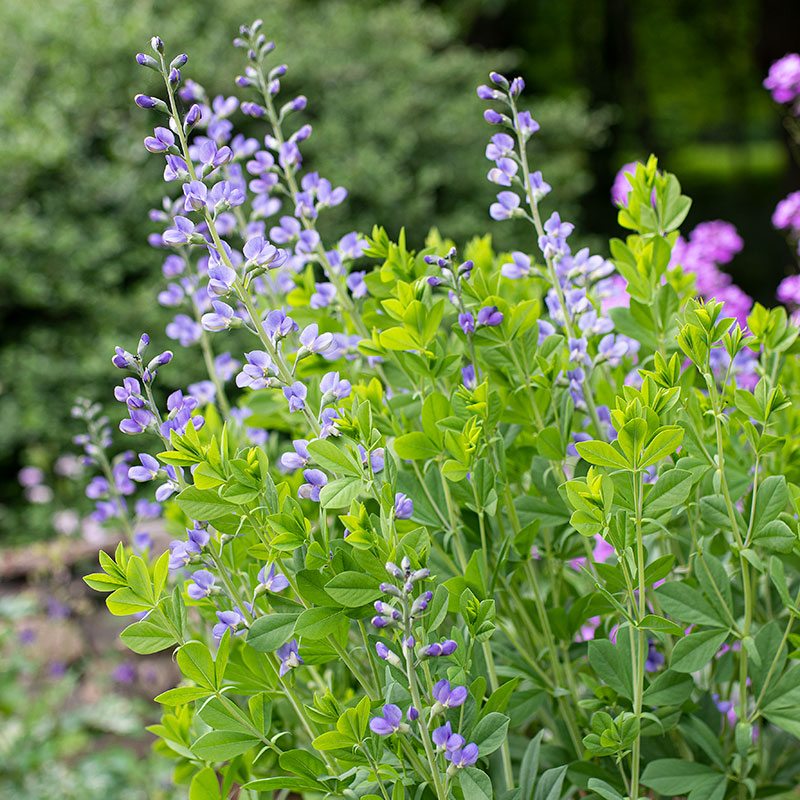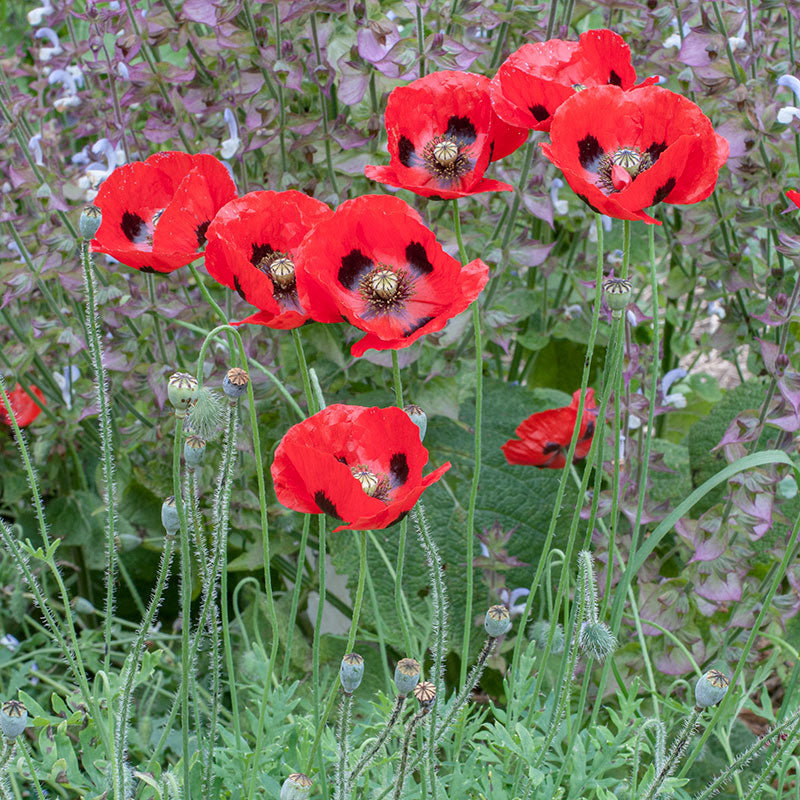Seed Packet
Italian Alkanet 'Dropmore'
Anchusa azurea
Introduced in 1905, late spring blooming Dropmore has true-blue flowers in clusters that are unbeatable for their richness of hue. A member of the borage family, they have the large rough leaves of their kin. Fertile, well-drained soils are best to avoid wet soils in winter. Anchusa means 'paint for the skin' for its close relative, A. tinctoria, was once the source of a commonly used rouge. Biennial to short-lived perennial.
SKU #S006
Growing Companions



































